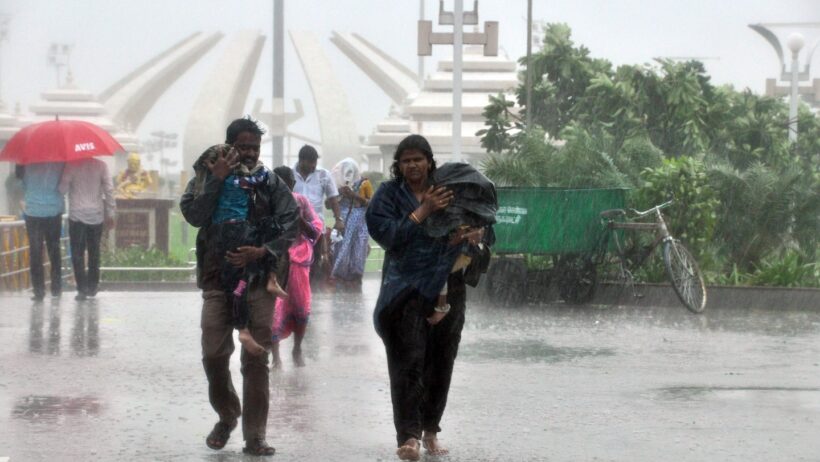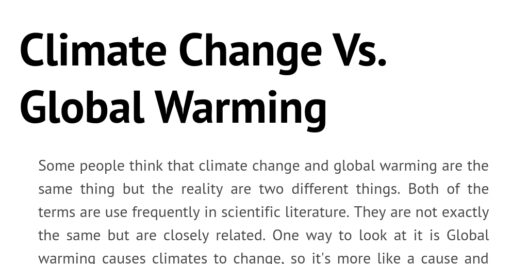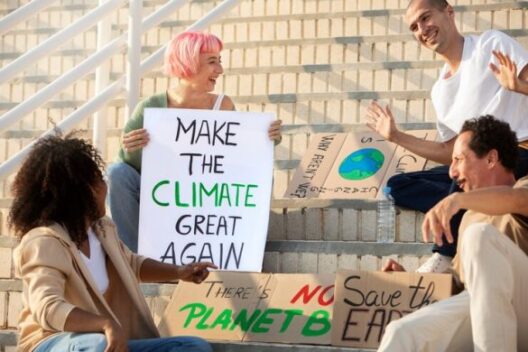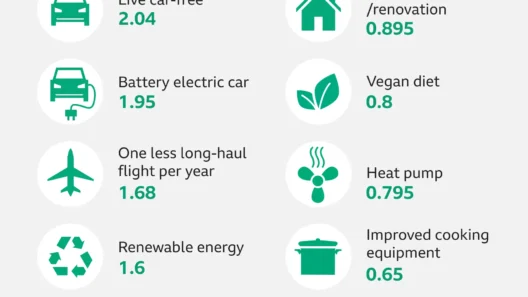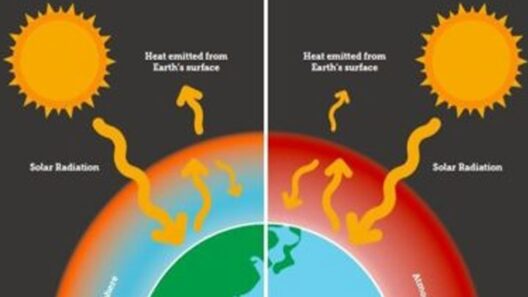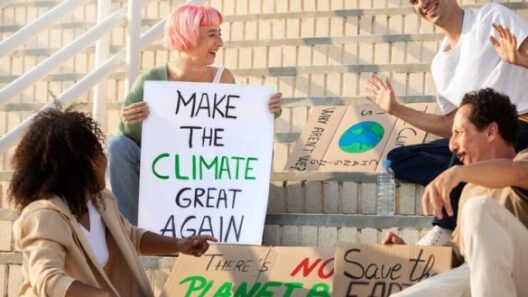Climate change has emerged as one of the most daunting challenges of our time. The consensus among scientists is increasingly alarming: the current trajectory of global warming, driven primarily by human activities, threatens to disrupt the very fabric of life on Earth. This powerful reality raises a fundamental question: Can climate change be reversed? The answer, while complicated, reveals hard truths that must be addressed.
In exploring the possibility of reversing climate change, we must first define what “reversal” entails. It often conjures images of a world where carbon emissions plummet, where glaciers reclaim their former expansive territories, and where natural ecosystems regain their equilibrium. However, such notions may be overly optimistic, as the intricacies of our planet’s climate system and anthropogenic impacts reveal a more complicated and nuanced outcome.
To understand the feasibility of reversing climate change, it is essential to delve into the mechanisms of climate science and the socio-political frameworks governing our responses. This exploration is not merely academic; it shapes the policies that drive action (or inaction) on this existential threat.
The following sections will outline the current state of climate change, potential intervention strategies, and the implications of our choices moving forward.
Understanding the Current Landscape: Heating the Planet
The Earth’s climate has been changing for millions of years, but the current episode of rapid warming is distinct and alarming. The increase in atmospheric carbon dioxide (CO2) levels to over 400 parts per million, coupled with rising temperatures, is unprecedented in the modern era. Human activities, such as burning fossil fuels, deforestation, and industrial agriculture, have fundamentally altered the balance of greenhouse gases in the atmosphere.
This change has instigated a cascade of effects across different ecosystems. Glaciers are receding, sea levels are rising due to thermal expansion and melting ice caps, and extreme weather events are more frequent and severe. The implications for biodiversity are dire. Many species face extinction if environmental conditions continue to shift faster than they can adapt.
While these changes are systemic and deeply ingrained in the planet’s current state, they also represent a moral imperative to act. The question remains: Is it feasible to revert these trends?
Science at the Crossroads: Innovation vs. Inertia
In pursuing a path toward reversing climate change, innovation is paramount. Emerging technologies such as carbon capture and storage (CCS), renewable energy sources, and ecological restoration efforts offer glimmers of hope. However, these technologies are still in developmental stages, and their widespread implementation faces significant financial, logistical, and political barriers.
Carbon capture is particularly promising. By removing CO2 directly from the atmosphere and sequestering it underground or using it in products, we can mitigate the effects of emissions. Nevertheless, scaling these technologies to a level that significantly alters global CO2 levels will take considerable time and investment. This technological silver bullet mindset may lead to complacency, falsely reassuring public consciousness that a technical fix will solve systemic issues.
Renewable energy, including solar, wind, and hydropower, presents another potential avenue for reducing greenhouse gas emissions. Transitioning to a sustainable energy infrastructure can drastically cut emissions, yet the current pace of adoption remains insufficient. The global dependence on fossil fuels remains deeply entrenched, and transitioning societal values and consumer behavior is no easy task.
Moreover, ecological restoration holds promise. Reforestation and wetland restoration can enhance biodiversity and carbon sequestration. However, these efforts must be undertaken alongside aggressive policies aimed at reducing emissions to equate to a net positive impact on reversing climate change.
The Role of Policy: Governance and Participation
Altering climate trajectories is not solely the responsibility of scientists and technologists; it necessitates robust governance frameworks, public engagement, and policy reform. Governments must enact ambitious climate policies aligned with scientific recommendations to stabilize and ultimately reduce atmospheric temperatures.
International treaties, such as the Paris Agreement, epitomize global cooperation in this regard, yet progress remains slow, fraught with national interests and differing economic capacities. Achieving meaningful change requires bridging gaps between developed and developing nations, ensuring equitable distribution of resources and opportunities for sustainable development.
Furthermore, societal buy-in is crucial; public understanding of climate change and advocacy for policies that encourage sustainable practices can exert pressure on policymakers. Grassroots movements are increasingly pivotal in demanding climate justice, and their proliferation plays a significant role in holding governments accountable.
The Realities of Climate Change Reversal
The truth is stark: fully reversing climate change may not be possible within the immediate future. Instead, adaptation and mitigation strategies may be more realistic goals. While striving for a sustainable future is imperative, it is equally vital to brace for the consequences of climate change that are already unfolding.
As we navigate this dual pathway, the responsibility lies with each individual to actively participate in the collective endeavor. Consumer choices, local activism, and informed voting all contribute to broader societal movements catalyzing change.
Ultimately, while the quest to reverse climate change presents formidable challenges, it is fraught with opportunities for innovation, cooperation, and engagement. The hard truth encompasses both the limits of our current strategies and the unprecedented potential for transformative change. The future of our planet depends on our ability to confront these realities with courage and resolve.



